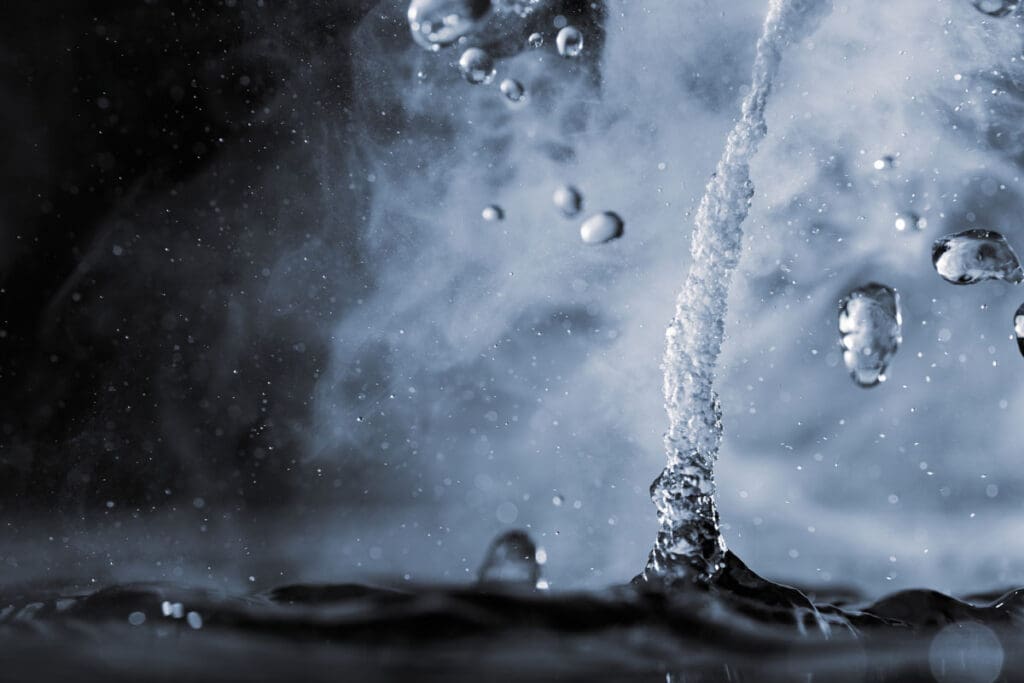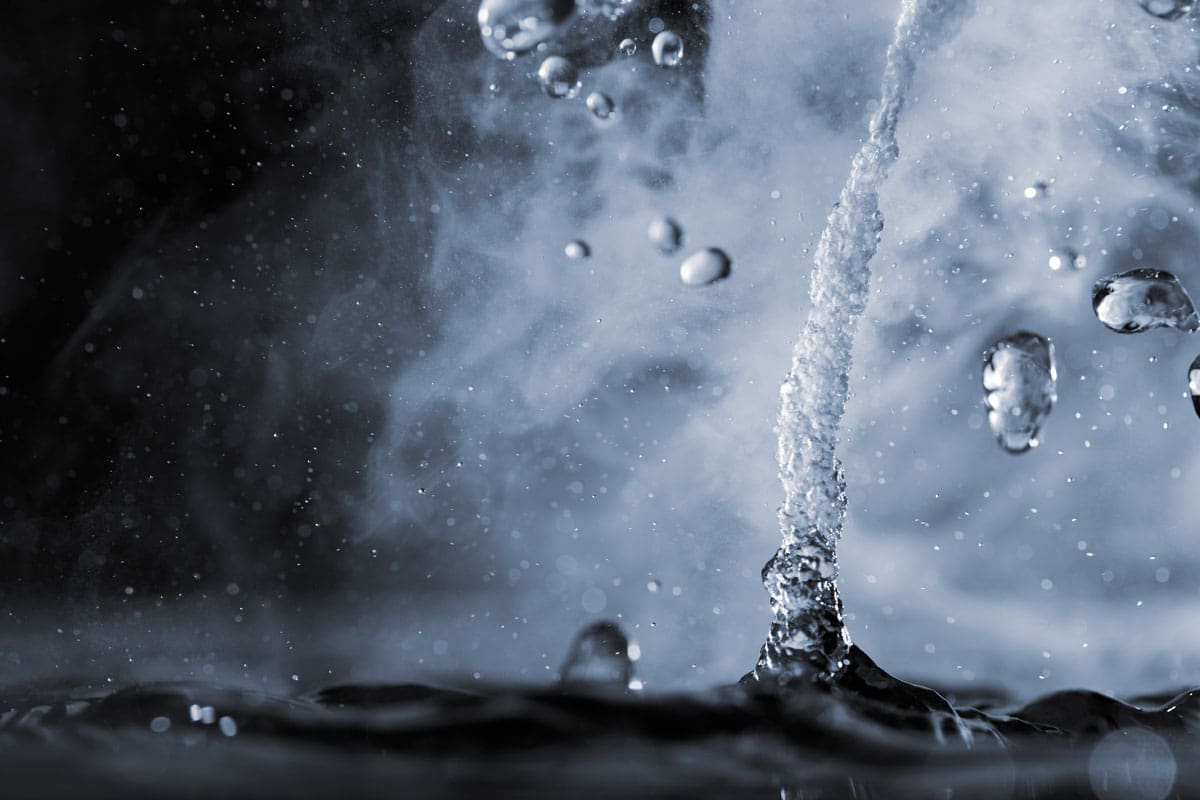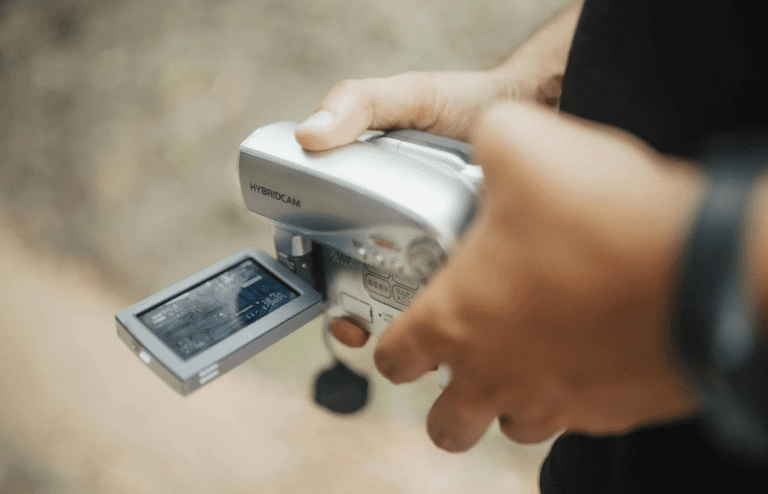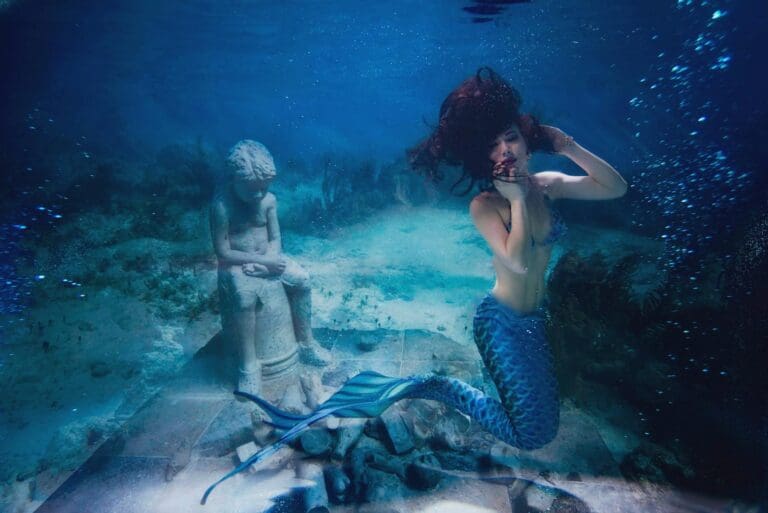
Hot water poured into a glass sounds different than cold water. Can you tell by sound alone?
If you have never tried it, in separate containers, prepare hot water and cold water. Then, close your eyes or turn the other direction. Next, ask someone to pour the hot and cold water separately into their own identical glasses.
Were you able to tell which was the hot and the cold based on sound alone?
You should be able to do it. Turns out, most humans can. Of course, it’s probably something many of us never think about or have ever thought about. But once people try it, they realize they do have the “superpower” to hear water temperature. Well, boiling water aside, at least to the degree of differentiating between hot water and cold water being poured only using their hearing.
Read More: 10 Debunked Myths Your Parents Convinced You Were Real
This Hidden Human “Superpower” has People Amazed
The fact that we haven’t paid much attention to this unique “superpower” is the reason one TikTok video has gone viral and is amazing scores of people.
In the video, TikToker @curedeggyolk asks viewers to close their eyes. He takes two identical glasses and tells his audience to guess which is the hot water and which is the cold water based on how the water sounds as he pours it into the glasses.
@curedeggyolk i ❤️ science #water
♬ original sound – wy
“The hot one sounds wompy and the cold one sounds clinky if that makes sense,” one viewer replied.
“Definitely can hear the difference…” Another viewer chimed in. “Hot one sounds more soft…cold one sounds crisp if that makes any sense to anyone else.”
“This may be weird but warm water sounds soft and cold water sounds hard,” said yet another pointing out the dichotomy.
In another video on YouTube, this distinction is demonstrated perfectly using identical pitchers and glasses, as well as screen blurring to prevent cheating. You may surprise yourself at how easy it is to tell the difference between hot and cold water using only your hearing.
So, the question is: “Why and how are we able to do this?”
Let’s find out by examining the science behind it…
The Science Behind the Sound of Water
The main reason we can “hear” the differences between hot and cold water, as well as other liquids, has to do with its viscosity, which is the thickness or stickiness of the liquid.
Okay, it’s easy to understand the difference in thickness between something like hot water and hot chocolate, but why would there be a difference between hot and cold water? Isn’t water… water?
According to the Naked Scientists, water changes its viscosity according to its temperature. The scientists say that if you observe water under a super powerful microscope and examine its molecules, you discover they are shaped like miniature boomerangs. At the apex, there is an oxygen atom, while in each of the arms, there are hydrogen atoms.
The oxygen atom pulls the electrons of itself and the hydrogen toward itself very tightly. In other words, cold water has a thicker viscosity. These create lower-frequency sounds when poured or splashed.
However, when the water is heated up, the particles begin to move more quickly. Their kinetic energy increases as a function of temperature. This means the particles are moving around much faster. They are gluing onto one another less and the result is less viscosity, which makes the water runnier. Therefore, hotter water produces a higher-pitched sound when it’s splashing, Science Alertreports.
The Science of Falling Water
Taking the subject a bit further, air also affects water as it falls. In the previous experiments mentioned above on TikTok and YouTube, it would have mattered that the water was poured from identical containers, in two identical glasses, from identical heights.
A team of researchers recently did a study to understand how the pouring conditions affected the volume of the sound of pouring water, Science News reported. Their findings were published in the journal Physical Review Fluids.
There is an effect on columns of following water known as the Rayleigh-Plateau instability. This effect causes the smooth stream of water to form lumps and bumps before it eventually breaks up into droplets. In turn, the ripples impact the surface of the liquid. They form air bubbles that vibrate and produce sound.
During experiments, researchers poured water from the tube close to the surface of a water vessel. At first, it was inaudible because the stream hadn’t fallen far enough to form ripples. As the researchers poured water from a greater height, the streams became bumpy. The sound also increased.
Further experiments showed that the width of the stream of water mattered even when poured from the same height. Thinner jets were louder than thicker jets. This was because, as the water descends, thin streams, affected by air bubbles, become more “wiggly” than thicker ones.
Increasing the pouring height even further, streams broke up into individual droplets. Thicker jets broke up into bigger drops and were louder than thinner ones.








